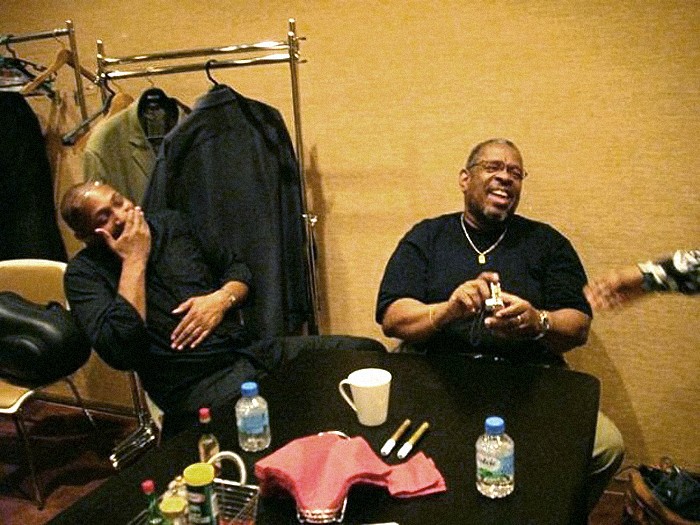Taking a Path Untraveled
Post on: 16 Март, 2015 No Comment

Most of the managers we work with are also managed futures investors- thats not all that uncommon. But how often do you hear of an investor becoming a CTA?
Such is the story of one Andrew Abraham, the manager of Abraham Investment Management (no- not the one youre thinking of – thats Abraham Trading Company). We were intrigued by the path that led him here, and asked him if hed be willing to share his story. Turns out- its sort of a good one.
The following is a personal account of an individual experience in managed futures. Everyone will have a unique experience, so this story may not represent what your own experience will be. While reading, please remember that futures trading presents a substantial risk of losses, and that past performance is not necessarily indicative of future results.
I sold discount clothing to put myself through college. The business was outlet stores before the times of Ross and Marshalls, and I did well with it. I sold the business in 1994. Suddenly, I had a large amount of capital at my disposal. I didnt know what to do with that much money, so I addressed my accountant and lawyer. Two stories stuck out for me.
The first person was described as the most successful investor Ive ever seen by my accountant (a local dentist- imagine that). He had no idea how he did it, but he always seemed to be brining in steady returns, regardless of how stocks were doing.
The second person was actually an IB (Introducing Broker) who was in my fraternity in college, and he suggested an alternative to stocks and bonds. Ironically, hes still the broker I work with today.
The strategy used by the dentist and ultimately advised by my broker was one called trend following. It wasnt fancy or exceedingly complex- quite the contrary. The principles involved (even if not the actual mathematics) were very simple. Identify the trend. Capitalize on the breakout. Cut losses quickly.
Just because the ideas were simple didnt mean it was easy. I bumbled and stumbled with own trading, and was very lucky to have mentors along the way (a perk of working in this industry). I shied away from fundamental trading and complicated approaches, embracing the KISS (Keep It Simple, Stupid) perspective. Though I made mistakes, each one was a learning experience that enabled me to add filters that would (theoretically) mitigate the severity of the drawdown.
And there was certainly a lot to learn. Ideas like risk per trade were foreign to me. Sector diversification wasnt even a consideration. Margin to equity- why did that matter? These were all things I learned the hard way. Sometimes you wake up and you get your head handed to you. Its not pretty, but you can either learn from it or burn out.
Im proud of the programs Ive developed. The strategies are basic robust trend following concepts with various levels of risk filters. I focus on maintaining very conservative margin to equity ratios, risking small dollar amounts per trade (instead of just focusing on percent risk per trade), and I still use many of the basic trend following concepts I was exposed to so long ago.
Like many in the space, though, I am still an investor, and Im not sure Ill ever not invest in managed futures. I buy into drawdowns and I look for hungry managers- I want to be reminded of my own passion.
Look, dont get me wrong- there is no magic system, and drawdowns are going to happen. They are going to be painful and scary and worse than you thought. Thats the risk involved in futures trading. Most investors want to ask something like, how was your August. I had a nice August, but it doesnt mean anything. I could have a bad September. Thats not the way to look at it. Trend following is a long-term perspective, and is liquid, transparent, and provides the possibility of compounding money over time. Im a believer.














